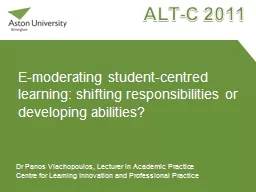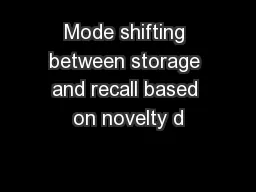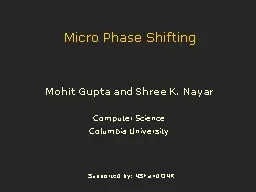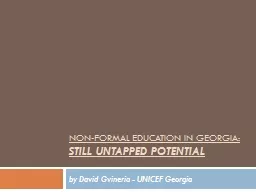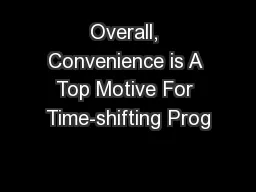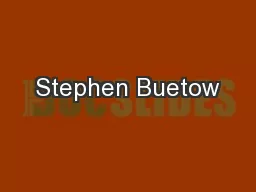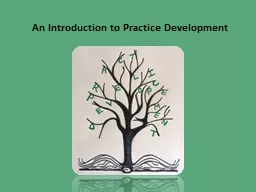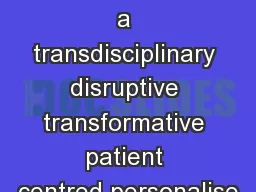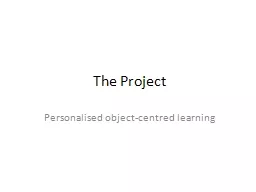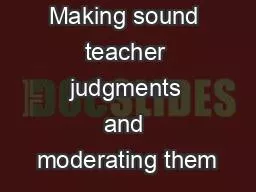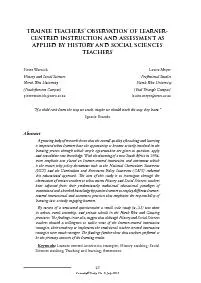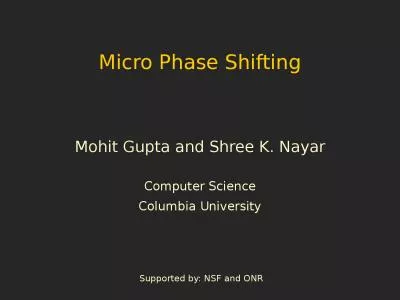PPT-E-moderating student-centred learning: shifting responsibil
Author : calandra-battersby | Published Date : 2016-06-02
Dr Panos Vlachopoulos Lecturer in Academic Practice Centre for Learning Innovation and Professional Practice ALTC 2011 The context New Zealand Student No17 United
Presentation Embed Code
Download Presentation
Download Presentation The PPT/PDF document "E-moderating student-centred learning: s..." is the property of its rightful owner. Permission is granted to download and print the materials on this website for personal, non-commercial use only, and to display it on your personal computer provided you do not modify the materials and that you retain all copyright notices contained in the materials. By downloading content from our website, you accept the terms of this agreement.
E-moderating student-centred learning: shifting responsibil: Transcript
Download Rules Of Document
"E-moderating student-centred learning: shifting responsibil"The content belongs to its owner. You may download and print it for personal use, without modification, and keep all copyright notices. By downloading, you agree to these terms.
Related Documents

